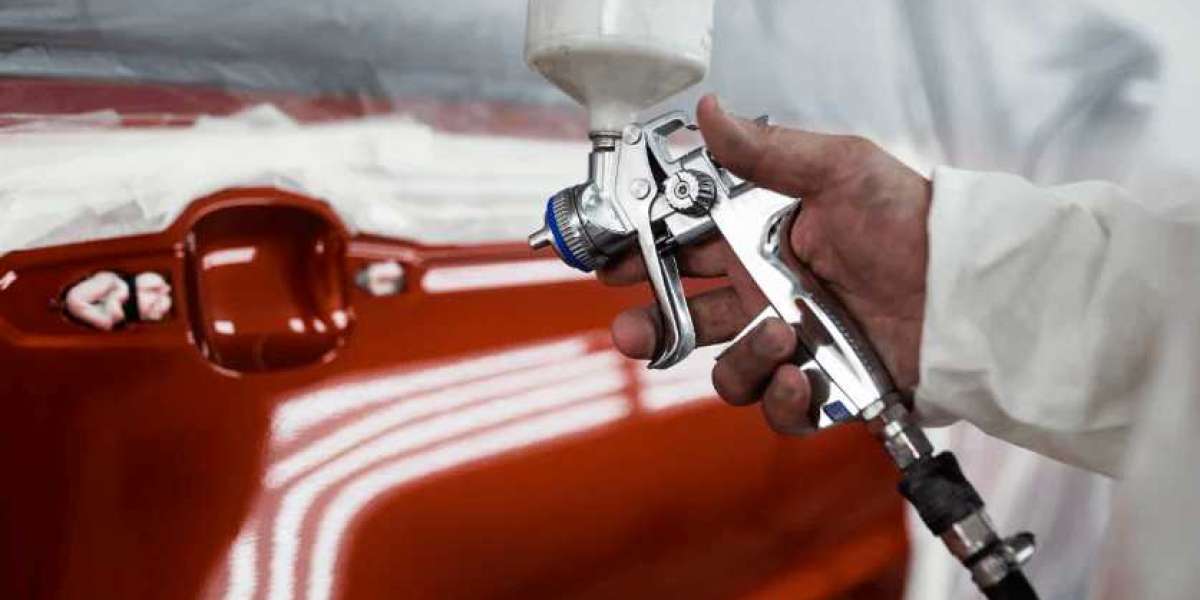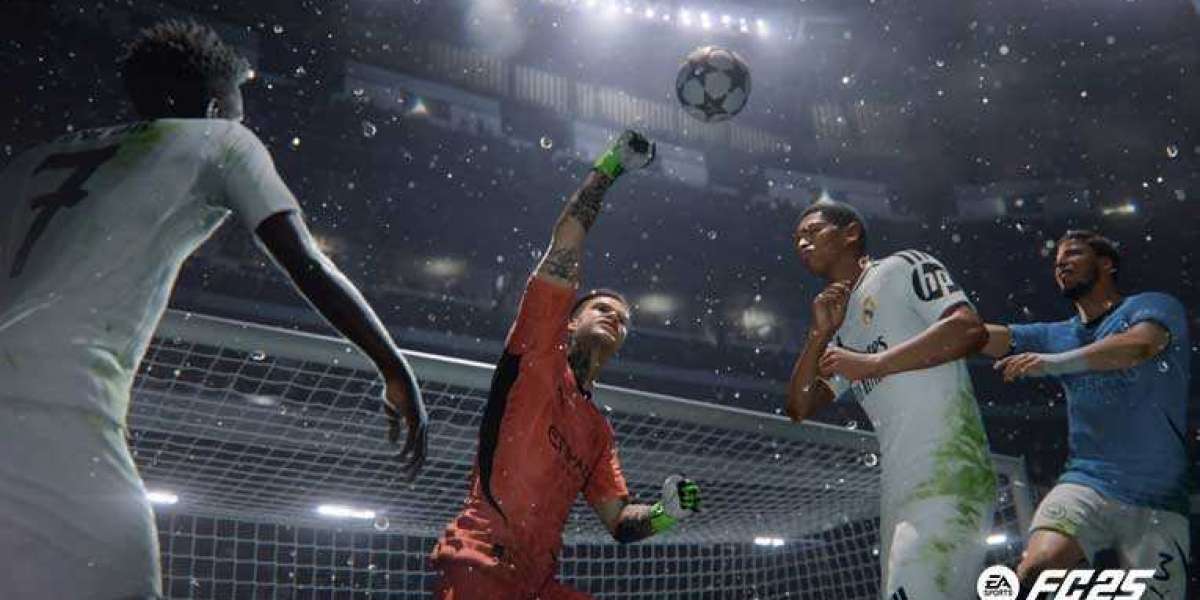Expert Paint Correction: The Ultimate Guide to Restoring Your Vehicle’s Finish
When it comes to maintaining the aesthetic appeal and value of your vehicle, few things are as crucial as the condition of its paint. Over time, environmental factors, improper washing techniques, and regular wear can cause paint imperfections that detract from your car’s overall appearance. This is where paint correction comes into play.
Paint correction is a meticulous process of removing imperfections, swirls, scratches, and oxidation from a vehicle’s paintwork, leaving it with a smooth, glossy finish. In this comprehensive guide, we’ll explore everything you need to know about expert paint correction, including what it is, how it works, the benefits, and why it's essential for your car’s long-term care.
What is Paint Correction?
Paint correction refers to the process of improving the appearance of a vehicle’s paint by removing imperfections and restoring the surface to a smooth, glossy finish. These imperfections can include swirl marks, water spots, light scratches, oxidation, and even minor dings. Paint correction is performed using specialized tools, such as polishing machines and compounds, which are applied with precision and skill to achieve the desired results.
Unlike traditional waxing or buffing, paint correction is a more advanced and detailed procedure that involves multiple stages of polishing. Depending on the severity of the imperfections, one to several polishing stages may be necessary to fully restore the paint.
Why is Paint Correction Important?
Your car’s paint is constantly exposed to various elements such as UV rays, dirt, bird droppings, road salts, tree sap, and more. These elements can cause damage over time, leading to fading, oxidation, and unsightly imperfections. Regular washing and waxing can help maintain your car’s finish, but these methods don’t eliminate deep scratches, swirl marks, or other issues.
Paint correction, on the other hand, addresses these problems at their core. It restores the paint’s clarity, removes imperfections, and enhances the depth and richness of the color, leaving your vehicle looking showroom-worthy.
Some reasons to consider paint correction include:
- Restoring the vehicle’s appearance: Removing scratches and swirl marks can make your car look new again, boosting its overall aesthetic appeal.
- Maintaining or increasing the car’s resale value: A well-maintained paint job can enhance the resale value of your vehicle, as prospective buyers are more likely to be attracted to a car with a flawless exterior.
- Protecting the paint: Properly corrected paint provides a more durable surface that will be easier to protect with a wax or ceramic coating.
- Preserving the vehicle’s finish: Regular paint correction can help protect the paint from long-term damage, keeping the exterior in excellent condition for years.
Types of Paint Imperfections That Can Be Corrected
Swirl Marks: Swirl marks are fine, circular scratches that are often caused by improper washing or drying techniques. These marks are more noticeable under direct light and can mar the overall appearance of the paint.
Light Scratches: These are deeper scratches that penetrate the clear coat but not the underlying paint. While they may not be as deep as key marks, they are still noticeable and can be eliminated through paint correction.
Water Spots: Hard water spots are a common problem, especially in areas with high mineral content. These spots are caused by water droplets that evaporate and leave behind mineral deposits on the paint, which can be difficult to remove without proper correction.
Oxidation: Oxidation occurs when the paint reacts with the environment, typically resulting in dull, faded, and chalky-looking paint. Paint correction can restore the paint’s clarity by removing oxidized layers.
Bird Droppings and Tree Sap: These natural contaminants can create permanent etching or staining on the paint if left untreated. Paint correction can remove these stubborn marks.
Scratches from Everyday Wear: Everyday use of your car often leads to minor scratches that may not be immediately noticeable but can detract from the overall shine. Paint correction can smooth these out.
The Paint Correction Process: A Step-by-Step Guide
The process of paint correction can be broken down into several stages, each aimed at achieving a flawless finish. Here’s a detailed look at what to expect during a professional paint correction session:
Inspection and Assessment
The first step in the process is a thorough inspection of the vehicle’s paint. A professional detailer will examine the surface for imperfections such as swirl marks, scratches, water spots, and oxidation. They may use specialized lighting or a paint thickness gauge to assess the condition of the paint and determine the best approach for correction.
Washing and Decontaminating
The car is then thoroughly washed to remove any dirt, grime, or contaminants on the surface. This stage typically involves a multi-step process:
- Pre-wash: A pre-wash solution is sprayed onto the car to break down any dirt or grime.
- Hand washing: The car is washed by hand using a high-quality car shampoo.
- Decontamination: A clay bar is used to remove embedded contaminants that cannot be removed by washing alone. This ensures the surface is smooth and free of any particles that could cause scratching during the correction process.
Compounding (Heavy Cutting)
For cars with significant paint imperfections, the next step is compounding. This stage involves using a more abrasive cutting compound with a machine polisher to remove deeper scratches, swirl marks, and oxidation. The goal is to eliminate these imperfections, but it’s a delicate process, as removing too much paint could damage the vehicle’s finish.
Polishing (Finishing)
Once the heavy imperfections have been removed, the next step is polishing. This stage involves using a finer polishing compound and a different pad to refine the paint. Polishing enhances the gloss, smooths out any remaining fine scratches, and restores the paint’s depth and clarity.
Final Inspection
After compounding and polishing, the technician will perform a final inspection to ensure that the paint is flawless. They will check for any remaining imperfections and make any necessary touch-ups.
Protection
The final step in the paint correction process is applying a layer of protection to preserve the freshly corrected finish. This can include a wax, sealant, or ceramic coating, which provides a durable, hydrophobic layer that helps protect the paint from future damage.
Different Levels of Paint Correction
Paint correction is not a one-size-fits-all process. Depending on the condition of your vehicle’s paint and your goals, there are several levels of correction that can be performed:
Single-Stage Correction: This is the lightest form of correction and is typically used for vehicles with minimal imperfections. It involves one round of polishing to remove light swirl marks and enhance the gloss.
Two-Stage Correction: This is the most common level of correction. It involves both compounding (heavy cutting) and polishing (finishing) to remove deeper scratches and swirl marks while refining the paint.
Three-Stage Correction: This is the most intensive level of correction and is typically used for vehicles with significant imperfections. It involves multiple compounding and polishing stages to achieve a showroom-quality finish.
Benefits of Professional Paint Correction
Expert Knowledge and Tools: Professional detailers have the experience and knowledge to assess and treat your vehicle’s paint properly. They use high-quality tools and products that deliver superior results, which are difficult to achieve with DIY methods.
Restores Paint to Its Original Condition: Professional paint correction can restore the appearance of your vehicle’s paint to its original state, removing imperfections that detract from the overall look.
Increased Durability: By removing imperfections and applying protective coatings, paint correction helps improve the longevity of your car’s paint, making it easier to clean and protect in the future.
Enhanced Resale Value: A vehicle with a flawless exterior will appeal to prospective buyers, making it easier to sell at a higher price.
Conclusion
Paint correction is an essential service for any car owner who wants to maintain the beauty of their vehicle’s finish and protect its long-term value. Whether you’re dealing with swirl marks, scratches, or oxidation, expert paint correction can help restore your car’s paint to a pristine, glossy condition.
While DIY paint correction may seem tempting, it’s crucial to leave this delicate process to professionals who understand the nuances of the trade. With their expertise and specialized tools, professional detailers can ensure that your car’s paint receives the care it deserves.







